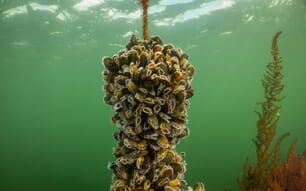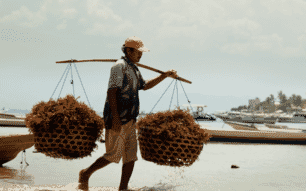Dubbed “Operation Driftnet,” this year’s long-range air surveillance patrols took place over a 12 day period from September 23 to October 4, 2010. Canadian Forces long-range patrol and surveillance aircraft made five extended patrol flights over the North Pacific, beyond our 200-mile borders in a “high threat” zone. The CP-140 Aurora included a DFO fishery officer. These patrols are supported by satellite (radarsat2) imagery and other intelligence compiled with the support of the Canadian Forces.
Over the years, this joint operation has been responsible for the apprehension of several vessels and has served to deter illegal high seas fishing, including playing a key role in shutting down destructive illegal salmon fishing activities. Violations have resulted in fines, seizure of boats and prison sentences for ships’ crew members.
This year, occurrences of suspicious activity were identified and investigated and information was shared with other nations that have a fisheries enforcement presence in the vicinity.
These annual patrols work to deter and detect illegal, unregulated, and unreported fishing (IUU) as well as verify compliance with the United Nations global moratorium on high seas driftnet fishing.
The environmentally destructive and economically detrimental practice of IUU fishing continues to threaten international marine resources, including many fish stocks such as salmon and tuna, which are an important resource to many Canadian communities on the Pacific coast.
Canada works closely with the United States, Japan, Korea and Russia - the member States of the North Pacific Anadromous Fish Commission, as well as the Western and Central Pacific Fisheries Commission and the North Pacific Coast Guard Forum, to help stop IUU fishing in the North Pacific.
The objectives of Operation Driftnet included:
- identifying vessels using driftnets on the high seas greater than 2.5 km in length
- obtaining photographic and visual evidence for investigation or court purposes
- locating and identifying vessels rigged for high seas driftnet fishing, and
- locating and identifying any at-sea transport reefer vessels.
This year’s high seas surveillance patrols were again based out of Eareckson Airfield on Shemya Island, Alaska. A military-to-military “goodwill visit” to Hachinohe, Japan, was conducted by Canadian Forces 407 Squadron on September 28-30, and fisheries patrols took place in international waters while transiting to and from this visit.


